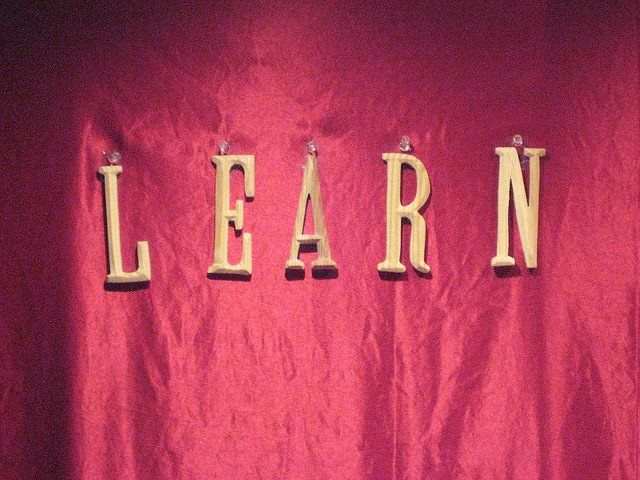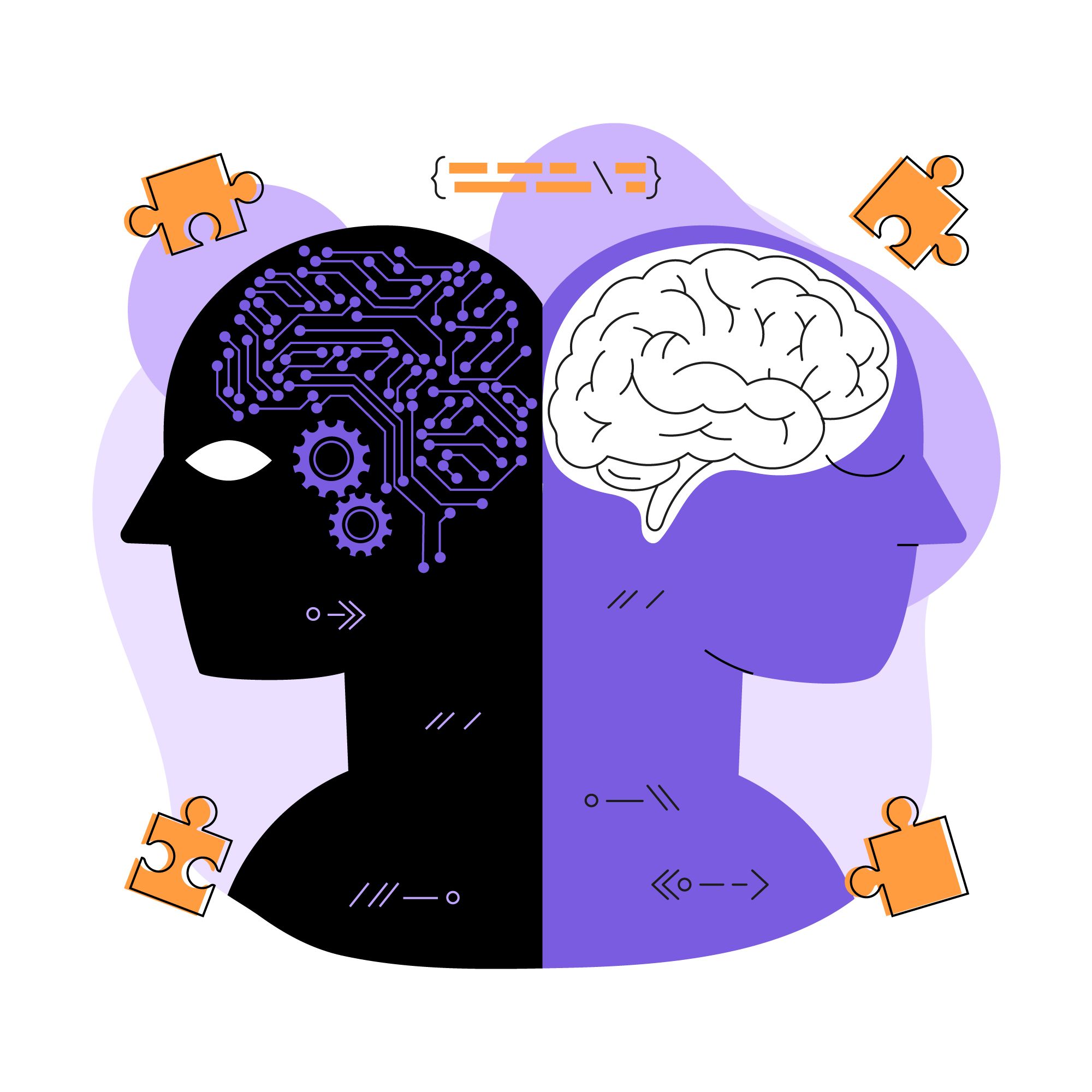How We Learn

 Photo credit (above): philosophygeek | Flickr
Photo credit (above): philosophygeek | Flickr
Strategic approach to people growth
Many of our best employers recognise the critical importance of investing in human capital, not just for the sake of pumping money into training, but approaching people growth as a strategic thrust in meeting unique business needs and contributing to a unique employer brand.
This week, we take a walk down memory lane and revisit the early days of adult learning.
Adult learning as a concept has been around since the 19th century, popularised by a growing movement in the mid-20th century by theorists and practitioners to formalise enquiries into adult education.
One such key figure in this movement was Malcolm Knowles, who formalised the concept of andragogy as separate from pedagogy (childhood learning).
Knowles developed a distinct concept of adult educators as being facilitators in helping others learn, as opposed to “educating people”.
Andragogy
Andragogy describes six characteristics of adult learnings:
1 Internally-motivated and self-directed
Adults resist when they feel others are imposing the learning process on them, but embrace learning when they discover internal motivations to do so.
2 Bring knowledge and life experiences into the learning process
Adult learners draw upon their existing knowledge and understanding in adapting to new learning experiences, sometimes having the tendency to validate new concepts based on prior experiences.
3 Goal-oriented
According to Knowles, adults are readied for learning when “they experience a need to learn it in order to cope more satisfyingly with real-life tasks or problems.”
4 Relevancy-oriented
Adults want to see the value and relevance of what they are learning in relation to what they want to achieve.
5 Practical-oriented
Adults prefer to experience first-hand how their learning and problem-solving tasks apply to life and work.
6 Like to be respected
In contrast to children, adults like to receive acknowledgement that they bring a wealth of life and work experience, and are equal to their educator in their powers of reasoning and intellect.
It has been over 60 years since Knowles’ first major work, Informal Adult Education was published, and yet the works of Knowles and his contemporaries still influence the development of adult learning programmes today.
Learning and leadership
From the 1970s onwards, a number of representational systems, aptitude tests and cognitive assessments – such as Kolb’s experiential learning, MBTI (Myers-Briggs Type Indicator), DISC (Dominance–Influence–Steadiness–Conscientiousness) and many more – became increasingly widespread.
In particular, the VAK (visual, auditory and kinesthetic) model has seen much traction in helping adults recognise how they take in stimuli in any learning process.
VAK originated from neuro-linguistic programming (NLP) which postulates that the human mind experiences and stores information in the abovementioned three sensorial terms.
NLP asserts that most people process and learn based on any of the three senses: sight/spatial awareness, sound, or tactile/kinesthetic.
Practitioners occasionally demonstrate a fourth stereotype: Auditory-digital are those who place a fair amount of emphasis talking inside their heads – their internal dialogue – and often exhibit characteristics of the other three stereotypes.
The NLP-VAK model is but one example amongst many learning styles. A 2004 University of Newcastle upon Tyne report identified 71 different theories of learning styles, with varying degrees of influence and popularity of usage.
Much has been written about the pros and cons of learning style theories, with some educational psychologists and neurologists questioning the scientific robustness of learning style models and the efficacy of integrating these models into instructional approaches tailor-made for different individual preferences.
Foundational self-leadership
Regardless of efficacy, learning style questionnaires or assessments serve one key purpose in the lifelong journey of growth and development – that of stimulating greater self-awareness as a foundation block towards self-leadership.
I recall taking my MBTI assessment at 16, and subsequently in my career, many other learning style and personality inventory tests such as DISC, VAK, DOPE and even Clifton StrengthsFinder.
These were useful in helping me understand how I perceive the world and my responses to people and situational stimuli, resulting in many “a-ha” moments across the years.
Much observation, research and scientific enquiry have gone into the field of adult learning and development since the days of Knowles.
Educators, trainers and facilitators have moved far beyond traditional classroom teaching, to embedding a variety of learning approaches in the recognition that we all perceive stimuli differently.
For example, global full-service training company Silega™ designs its business simulations around a variety of learning styles in the classroom.
With visual (reading) alone, participants only manage a 5% retention rate after any learning session. This is improved to 20% (watching videos) and 30% (demonstration) when there is a combination of two senses (visual and auditory).
It’s when both kinesthetic (doing) and auditory-digital (reflection, discussion and application) senses are engaged, that participants are able to significantly increase their post-training retention rates.
(See graphic below)
The blended learning approach
Parallel to the growth of learning style theories, the 1960s also saw research and observation give rise to learning and development models, particularly in leadership development.
An approach that intentionally draws learning closer to the workplace is the 70-20-10 model, originating in the Centre for Creative Leadership (CCL) in the 1960s and consistently refined since then.
The 70-20-10 places blended learning at the heart of effective leadership development. Surveying high-performing managers, CCL discovered that roughly 70% of their learning came from challenging assignments at work, followed by 20% from developmental relationships with people (mainly bosses), and 10% classroom-based skills building.
Even so, the way we learn will continue to change dramatically over the coming years, as learning and human resource professionals adapt to the changes brought about by technology and shifts in our understanding of how the human mind works.
From classroom to e-learning to the latest in micro-learning, our next article will take a deeper look into the latest developments in the workplace.
Yi-Wen is part of the learning and acceleration team in Leaderonomics’ Corporate Services unit. For more information on Leaderonomics’ business simulations and Silega™ simulations, contact her at yiwen.hui@leaderonomics.com
The US-based TRI Corporation team will be in Malaysia to conduct a one-day preview on Knowing the Business and Leading the Business. TRI Corporation delivers state-of-the-art business simulations with live interactions that take participants out of their comfort zone to help them think strategically. For more information on the preview in December, contact Stephanie Ho at stephanie.ho@leaderonomics.com
Leadership





